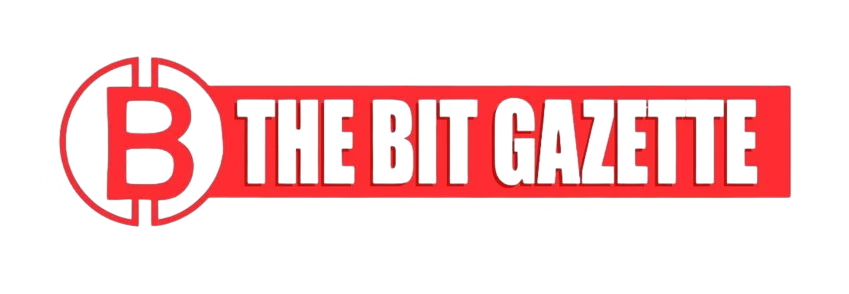The South African Reserve Bank has issued a fresh warning that the country’s fast-growing crypto and stablecoin market may pose a material risk to financial stability.
In its second Financial Stability Review of 2025, the South African Reserve Bank highlighted how nearly eight million citizens now participate in digital asset markets—one of the highest adoption rates in the region.
According to the report, the country’s three largest exchanges collectively hold $1.5 billion in client assets, illustrating how deeply crypto has become integrated into South Africa’s retail financial behavior.
The South African Reserve Bank stated that the borderless nature of crypto has raised new concerns about capital controls.
“Due to their exclusively digital – and therefore borderless – nature, crypto assets can be used to circumvent the provisions of the Exchange Control Regulations,” the bank noted.
This warning builds on earlier concerns expressed by the South African Reserve Bank, which has repeatedly emphasized the challenges of monitoring rapid shifts in crypto user behavior without a robust oversight framework.
Shift toward stablecoins reshapes South Africa’s trading landscape
A major development outlined by the South African Reserve Bank is a clear behavioral shift among local crypto users. Since 2022, USD-pegged stablecoins have overtaken bitcoin and other unbacked tokens as the dominant trading pair on South African platforms.
As the report explains, “Whereas Bitcoin and other popular crypto assets were the main conduit for trading crypto assets until 2022, USD-pegged stablecoins have become the preferred trading pair on South African crypto asset trading platforms.”
This transition reflects a market preference for lower volatility as traders navigate persistent economic uncertainty. Despite the rise of stablecoins, mainstream cryptocurrencies such as Bitcoin (BTC), Ethereum (ETH), XRP (XRP), and Solana (SOL) continue to attract substantial activity.
Nevertheless, the South African Reserve Bank argues that stablecoins present distinct challenges, particularly because South Africa has yet to establish a regulatory framework aligned with global standards.
Regulatory gaps widen as adoption grows
According to the Financial Stability Board, South Africa currently has no formal regulatory model for global stablecoins and has only partial oversight mechanisms for broader crypto activity.
The South African Reserve Bank reiterated that this absence of clear rules may allow systemic risks to evolve undetected, especially as digital asset usage expands nationwide.
The central bank warns that without a comprehensive regulatory structure, the combination of rapid adoption and the borderless characteristics of stablecoins could expose the financial system to market manipulation, liquidity threats, and cross-border capital flow vulnerabilities.
The South African Reserve Bank emphasized that these risks are magnified because exchanges now serve millions of users and hold significant asset volumes.
Yet, its stance contrasts with other government departments. In 2022, the Financial Sector Conduct Authority classified cryptocurrency as a financial product under South African law, enabling licensing requirements for companies operating in the space.
The FSCA has since issued several licenses to crypto service providers, but the broader regulatory landscape remains fragmented.
A growing call for coordinated national action
The South African Reserve Bank stressed that the gap between crypto adoption and regulatory readiness continues to widen. With nearly eight million South Africans engaging with digital assets, stablecoin trading accelerating, and no unified national strategy addressing the risks, the central bank argues that the time for coordinated policy intervention is now.
The latest assessment echoes earlier caution from former deputy governor Francois Groepe, who in 2017 warned that issuing a sovereign digital currency would be “too risky.” Today, the central bank’s message remains consistent: before innovation outpaces governance, policy alignment is essential to preserve financial stability.











